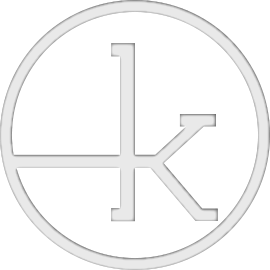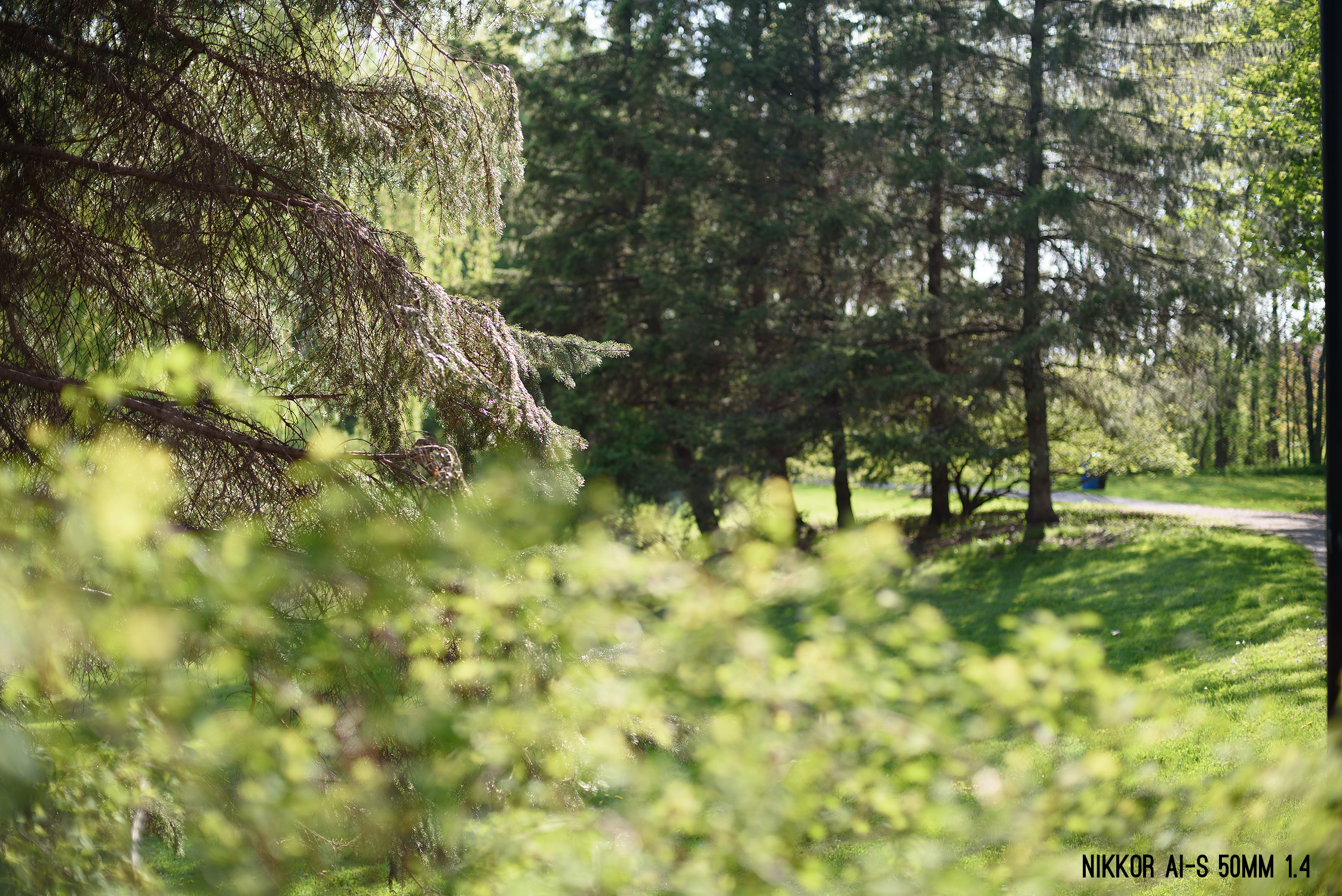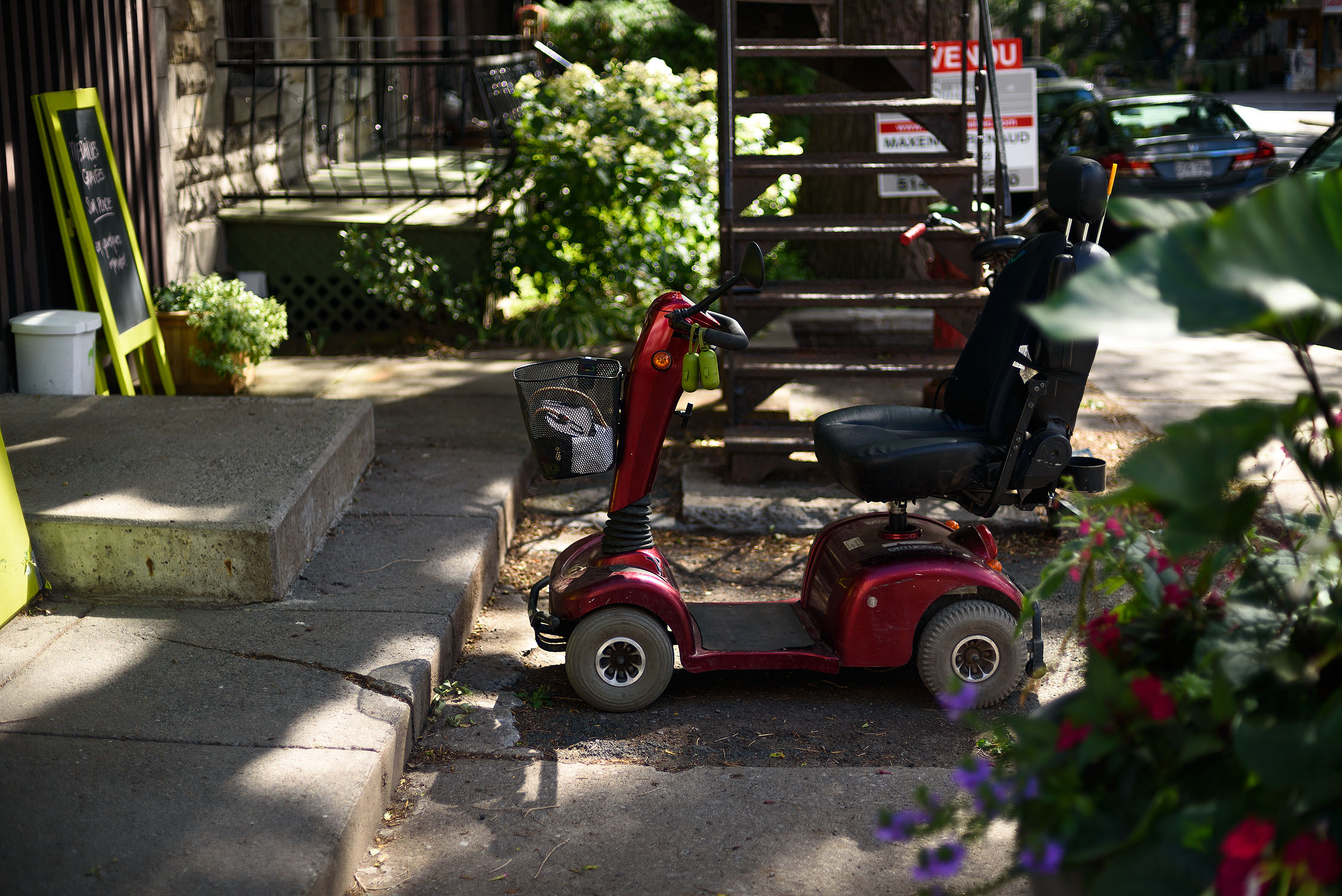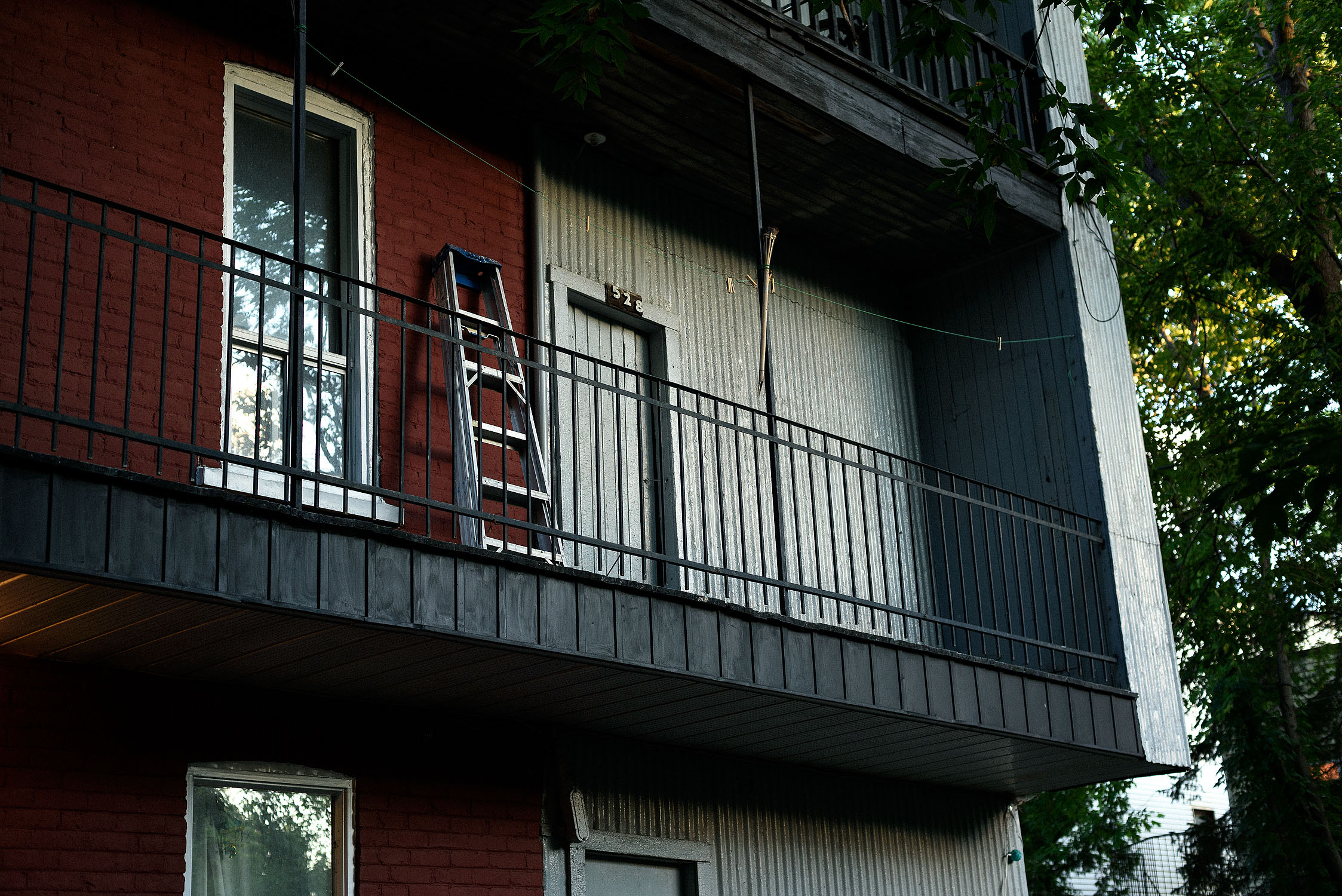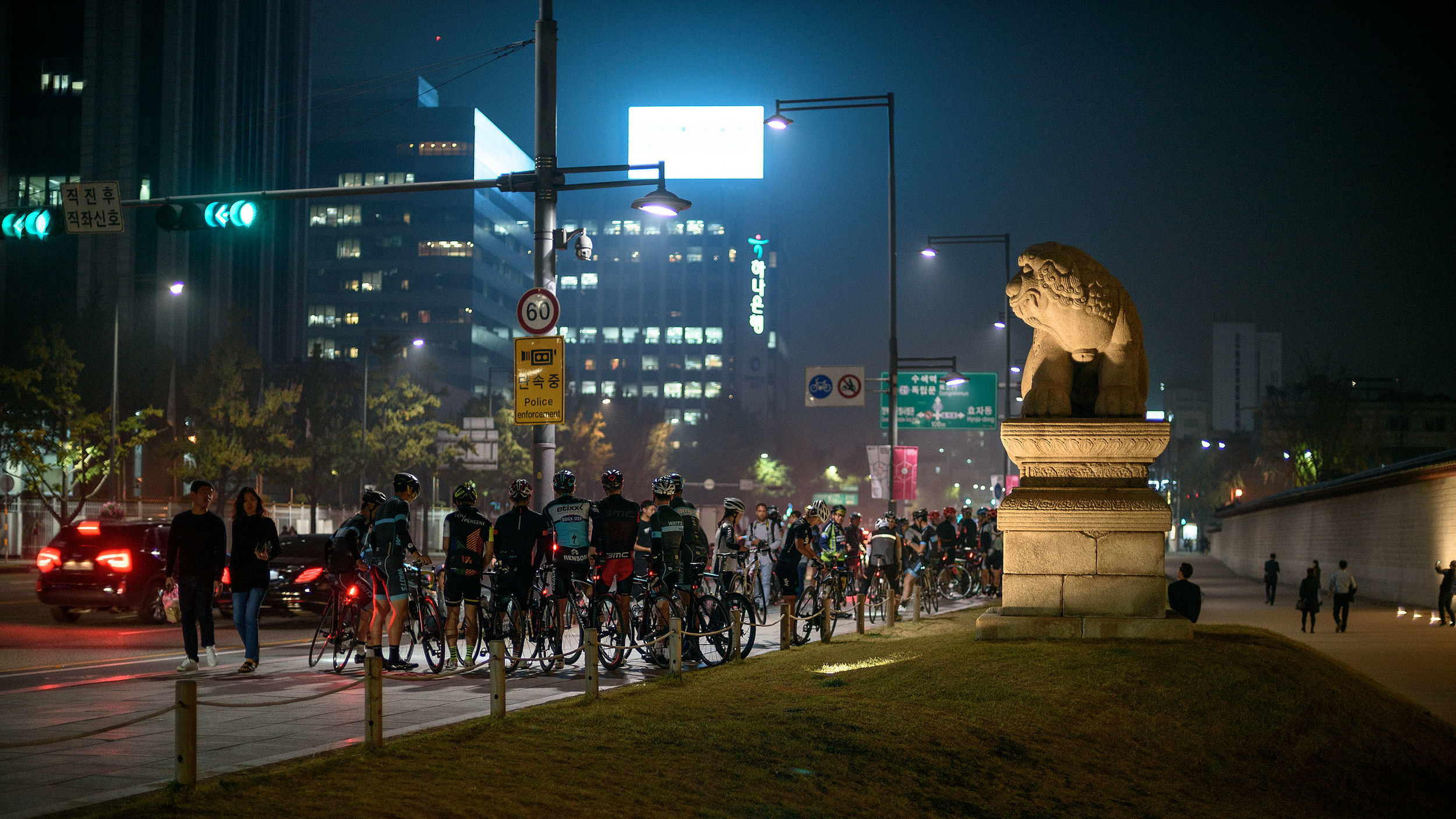Vintage Nikkor 50mm relevancy tests in 2016
Yes I use my lenses a lot!
Today in the Nikkor 50mm lens line up, we have 50mm lenses that follow current trends of "creamy flat low-contrast bokeh” (the AF-S G lenses) and 50mm lenses that focus more on a "life-like depth 3d pop" approach (the classic Ai, Ai-S and AF-D lenses). Since I’m a sucker for 3D pop lenses, I shall only focus on the vintage lenses I have personally “collected”. The goal of this little test will be to compare lenses on an outdoor landscape situation.
The ideal 50mm for me
Dat front element
First off, I would like to explain how I view a lens as best for me. The ideal 50mm combines the practicality of AF with shapeshifting dreamy to sharp rendition abilities as well great native colors, contrast and depth rendition. As such, it can be used to isolate a subject or record an entire landscape.
Warning: Not for 50mm beginners
Nikkor AF-S 50mm 1.8G, a trendy boring lens with trendy smooth flat low-contrast background bokeh. The AF-S 1.4G and the expensive 58 1.4G are no different.
If you are looking to purchase your very first 50mm lens for Nikon, it's best you go for the 50mm 1.8G. It's a very forgiving beginner-level lens, albeit with very flat and desaturated colors, that follows current trends (shooting wide open, smooth creamy bokeh, decent sharpness). It's hard to take a bad photo with it and the 1.4G is a better "G" lens anyway. This article is for me and those who have been shooting with all the 50mm for Nikon for the past 10 years.
50mm Compared (used prices in CAD)
Lenses were shot in the following order on tripod with live view max zoom manual focus.
- Nikkor Ai-S 1.4 (125$): 1981 Vintage lens, 7 elements, 7 straight aperture blades, all metal
- Nikkor AF-D 1.4 (250$): 1986 Vintage AF lens, 7 elements, 7 straight aperture blades, plastic and metal
- Nikkor AF-D 1.8 (100$): 1986 Vintage AF lens with 2002 cheap build, 6 elements, 7 straight aperture blades, plastic and metal
- Nikkor Ai-S 1.8 (120$): 1978 Vintage lens, 6 elements, 7 straight aperture blades, all metal
M.I.A. : Nikkor G, Nikkor Ai-S 50mm 1.2 (400$)
By comparing each lenses, it seems most of the Nikkors can be found below 250$. With better build quality and larger elements, I expect the Ai 50mm 1.8 to compete at the level of the f1.4 lenses. Price wise, both manual focus nikkors are very close (around 5$ close).
Since tests have been recorded over the span of a week at various curiosities, not all lenses are features in each scene.
RAW download
Here are the raw files of images used for this test. I've tested the lenses in the order enumerated above and have included more to help do further comparisons.
Scene 1: Backlit with foreground-background out of focus zones
All lenses were equally shot on tripod at f2 to minimize the fringing of blur circles. The scene here was exposed differently for each lens and corrected in Lightroom. We will look at the color saturation and foreground-background out of focus zones.
The Nikkor AF-D 1.8 seems to be the worst of the bunch… There is a veil taking over half the picture and the other half is completely desaturated. Whatever you do, do not shoot the AF-D 1.8 during a sunny day.
The Nikkor 1.4 lenses are very close with almost indistinguishable out of focus areas. The AF-D version has better color saturation probably due to more modern coatings.
Scene 2: Landscape Blossoms Shot at F8
All lenses were equally shot on tripod at 1/500 f8 to minimize the influence of wind on the petals and achieve max IQ on each lens.
Comparing the AF-D and Ai-S 1.4 versions, the AF-D version is equal for sharpness, but more vibrant and brighter.
Comparing the AF-D and the Ai 1.8 versions, the Ai came on top on contrast and colors.
Comparing the Ai-S 1.4 and the Ai 1.8, the Ai 1.8 displays slightly higher tonality and contrast than the 1.4 thx to its lower element count. It could be a better landscape lens as a result.
Scene 3: Blossom Bokeh at f2
All lenses were equally shot on tripod at 1/3200 f2 to minimize the fringing of blur circles with skylight going through the blossoms.
Comparing the AF-D and Ai-S 1.4 versions, the bokeh of the AF-D displays larger blur circles and the colors are once again more vibrant, tonal but slightly less contrasty.
Comparing the AF-D and the Ai 1.8 versions, the Ai came on top for contrast and colors. Not only that, but the blur circles of the Ai 1.8 are more defined and gradual.
Comparing the Ai-S 1.4 and the Ai 1.8, the Ai 1.8 has higher tonality and contrast than the 1.4, but it also display more defined circles. It’s really a game of taste at this level.
What have we learned.
Landscape champion
I have included other raw files in the test zip file, but we can already draw some recurring notes:
- It’s best to skip the 50mm 1.8D for today's applications. While it is a cheap lens, you’d be better served purchasing its manual focus cousin the Ai 50mm 1.8 or even the Ai-S 50mm 1.4 unless you are really out of money and/or absolutely need autofocus.
- The Ai 50 1.8 and the Ai-S 50 1.4 are very similar in rendition. The Ai 50 1.8 is slightly contrastier and more colorful, but the 1.4 is sharper and better for bokeh smoothness.
- The AF-D 1.4 improves slightly over the Ai-S 1.4 in colour and out of focus zones.
- If you are shooting BW, the Ai 1.8 and the Ai-S 1.4 will be slightly better than the AF-D. If you are shooting with wide depth of field more than thin, the Ai 1.8 has a slight edge.
- If you are shooting colour, the AF-D 1.4 is better.
- If you are doing both and want only one lens, get the AF-D 1.4.
Decision time and conclusion
The Winner
While the Ai 1.8 might edge the group on contrast and the Ai-S 1.4 the best value for speed, the AF-D 1.4 is the best overall. It’s also the brightest of the bunch. If given the choice, I would afford the double price of the autofocus lens over the manual focus for one-handed operations and low-light work. Nikon has truly crafted timeless lenses before catering to modern trends. While the newer 50mm of the G line follows the modern trendy needs of extremely smooth out of focus zones at the price of depth, the older Nikkor 50mm f1.4 are the best lenses for life-like scene reproduction.
The upgrade : Voigtlander 58mm 1.4 Nokton
Yes, there is better than the supreme AF-D 50mm 1.4: the Voigtlander 58mm 1.4 Nokton at 700$. Before dropping more than twice the price for superior fit and finish as slight boost in sharpness, colors, bokeh and contrast. It's best to invest in lighting and skills to complement the value champ.
Here are some old shots taken with the Nikkor AF-D 50mm 1.4
